Km 410-3650 - 'Stop, look, listen'. (Part 1/2)
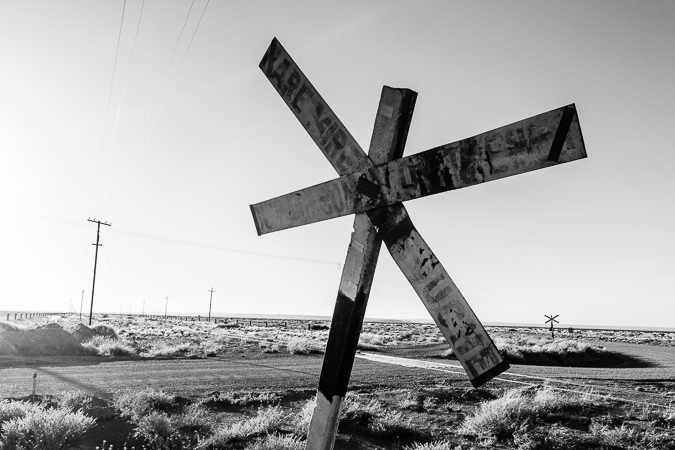 Provincial Route 23. Río Negro. 2017 © Leo Micieli
Provincial Route 23. Río Negro. 2017 © Leo Micieli
Km 410-1700. Viedma-El Bolsón. June 3rd, 2017.
'Stop, look, listen', says the crossbuck at the side of the railways. This St. Andrew's Cross is placed few kilometers away from Ingeniero Jacobacci, in a little intersection with Provincial Route 23 across the so called 'South Line', but actually it could be applied to any place and any circumstance. 'Stop, look, listen', as a suggestion, as an invitation, rather than a warning, something that we find at the end of a trip of more than 3200 km from Viedma to Viedma, something that we don't find just by chance. Sometimes it's necessary to be far away from home in order to return and see things in other ways, with other meanings. We already know, we don't see the world as it is but as we are, and the experiencies lead us to look at ourselves differently. 'Stop, look, listen', it's better to have patience, to take a breath, to observe the scene, letting the answers come by themselves, because after wandering and wandering around you just know that they have been here all the time, and they are still here.
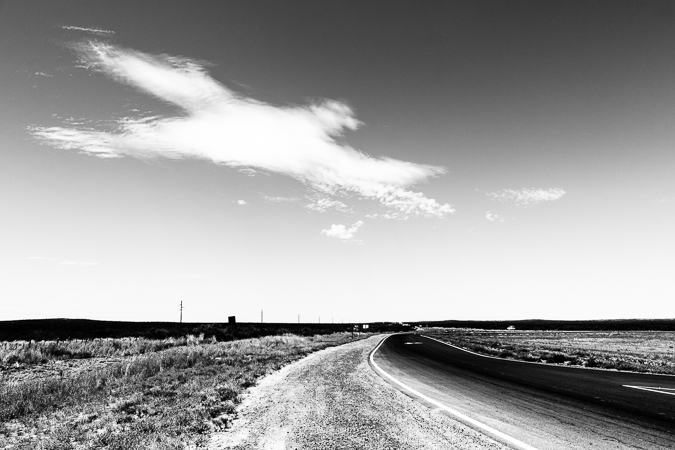 National Route 3. Río Negro. 2017 © Leo Micieli
National Route 3. Río Negro. 2017 © Leo Micieli
Marisol and I leave Viedma driving a reliable Volky, that's the nickname of our car, a Volkswagen Gol which take us along unbelievable routes and places, from wet forests to dusty deserts, on dirt roads or plain asphalt. Naturally, the best happens in the middle of the uncertainty, when you reject the idea of controlling everything to the tiniest details. So the only thing that we planned is the starting date and some places and people to visit. And nothing more.
 Sierra Grande, Río Negro. 2017 © Leo Micieli
Sierra Grande, Río Negro. 2017 © Leo Micieli
We leave at the noon of a monday. Esquel, Bariloche and every place we want to know are waiting for us, a trip that will become bigger than we thought and along many more days.
The first hours to San Antonio are the already depicted in the previous post: a straight road of 180 km until the sea appears on the horizon. We have visited these towns before, so we prefer to continue. We rather tacitly understand that there's beauty both in the destination and in the road, that the finish line is not a real finish but a stop-and-go, and that this point will no last very long because in a short time we'll be leaving again to other places.
"Traveling the whole life by the blue calm, or capsizing in the storms. It doesn't mind the way if, waiting, there's a port",
goes the lyrics of 'Dream of the return', the song by Pedro Aznar and Pat Metheny. (www.youtube.com/watch?v=TUgZ4kPuWSI)
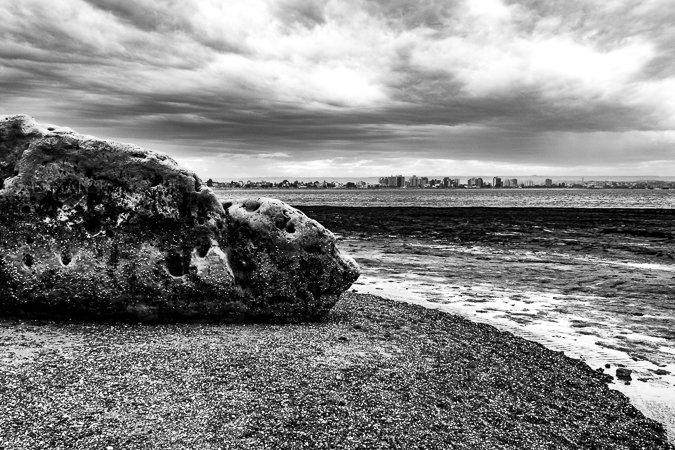 Puerto Madryn, Chubut. 2017 © Leo Micieli
Puerto Madryn, Chubut. 2017 © Leo Micieli
After refueling in Sierra Grande and passing through a dusty strong wind which hinders the visibility, the port that is waiting is Puerto Madryn, one of the many places we decided to visit during the trip and that will be profetic in some way in the future. But I leave this story for another time...
It's just a few hours here because our plan is to get to Trelew and spend the night there. The day, although it's being fresh and windy, is perfect for drinking mate and taking a walk by the coast with its quiet and calm surf, but with strong wind though.
 National Route 3, Chubut. 2017 © Leo Micieli
National Route 3, Chubut. 2017 © Leo Micieli
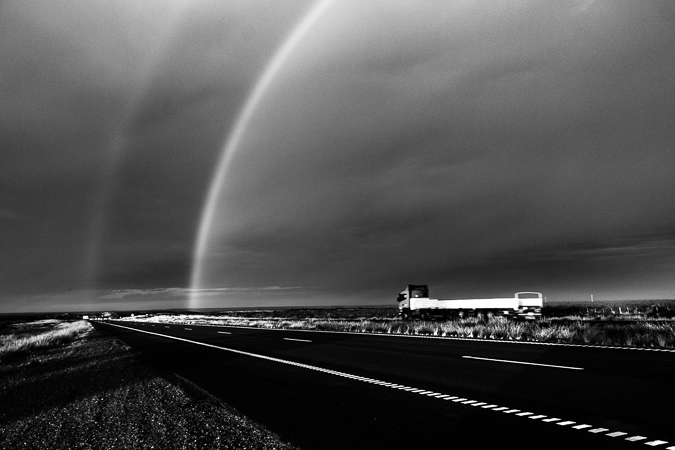 National Route 3, Chubut. 2017 © Leo Micieli
National Route 3, Chubut. 2017 © Leo Micieli
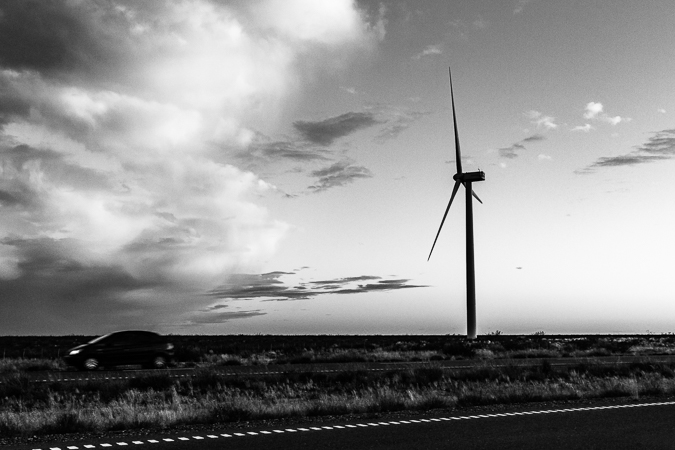 National Route 3, Chubut. 2017 © Leo Micieli
National Route 3, Chubut. 2017 © Leo Micieli
About 8 pm we're leaving Puerto Madryn and retaking the National Route 3. It seems that we were dodging the rain... The storm clouds are so dense that the sun hardly passes through them, and we feel grateful for the picture we are watching on these long Patagonian days of summer.
We stay before the entrance of Trelew in a gas station in which we can refuel not only our car. It's now 9:30 pm and tomorrow we have to get up early in the morning in order to continue the journey to Florentino Ameghino Dam as the first stop.
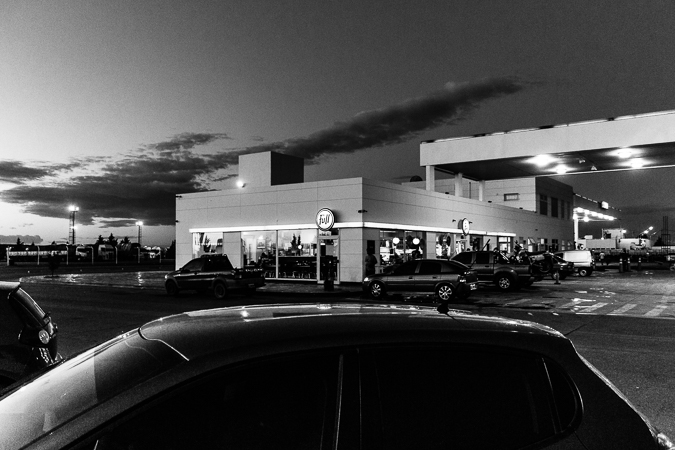 YPF Gas Station. Trelew, Chubut. 2017 © Leo Micieli
YPF Gas Station. Trelew, Chubut. 2017 © Leo Micieli
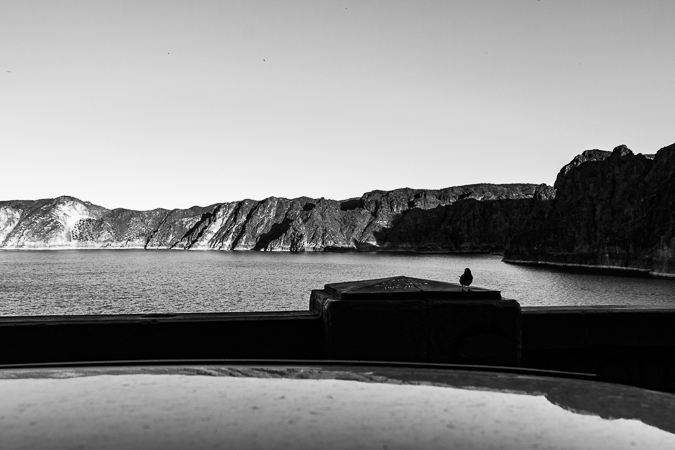 Florentino Ameghino Dam. Chubut. 2017 © Leo Micieli
Florentino Ameghino Dam. Chubut. 2017 © Leo Micieli
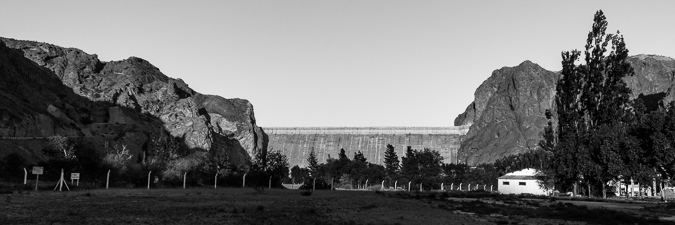 Florentino Ameghino Dam. Chubut. 2017 © Leo Micieli
Florentino Ameghino Dam. Chubut. 2017 © Leo Micieli
At 4 am there's no sun yet, but almost. The landscape changes in every kilometer, but especially the colors of the sky are changing. It's a solar explosion in slow motion, at thousands of frames per second.
The Provincial Route 25 starts in Trelew and it leads right to the West, crossing Chubut towards the towns and cities in the Andes Mountains. It's necessary to take another route, the 31, which is the one that gets to the dam. Since we left I can't recall not one vehicle near to us, something that let us enjoy of the quiet solitude while we watch the metamorphosis in the morning, the way the darkness becomes into decomposed light like through a prism, with the harshness of the beautiful Patagonian desert.
The arrival is in the middle of curves, countercurves and tunnels in the rocks which little by little begins to show the water. It's already daytime when we arrive, and there are no clouds. We visit the village at the foot of the dam and then we leave again with no delays. We said it: both road and destination are beautiful to the same extent.
Yet there are things that make noise or don't seem to fit in places like this. An old advertisement of a well-known drinks brand interferes with the desert. 'The last Coke on the desert', is a popular expression in Argentina. But in this case it seems that it was the first of many.
 Provincial Route 31. Chubut. 2017 © Leo Micieli
Provincial Route 31. Chubut. 2017 © Leo Micieli
Back again in Provincial Route 25, after many hours, Esquel and Los Alerces National Park are waiting for us, about 500 km with a few stops and strong headwind which makes our Volky 1.4 can't go faster than 80 km/h. Thus, the transition between dry East to wet West occurs slowly and allows us to appreciate the landscape and fauna in each kilometer. We have to pay attention carefully because it's sure that there will be hares, foxes, guanacos and choiques in the middle of the road.
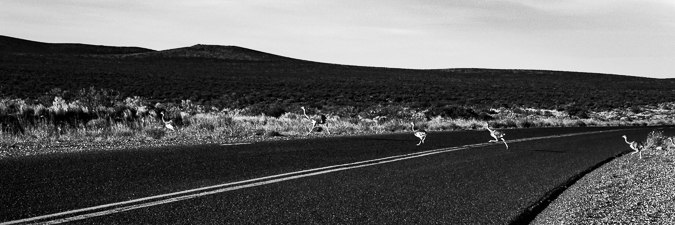 Choiques, Ruta Provincial 25. Chubut. 2017 © Leo Micieli
Choiques, Ruta Provincial 25. Chubut. 2017 © Leo Micieli
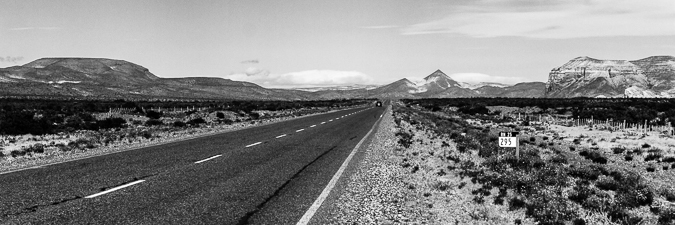 Provincial Route 25. Chubut. 2017 © Leo Micieli
Provincial Route 25. Chubut. 2017 © Leo Micieli
 Gas Station in Los Altares. Chubut. 2017 © Leo Micieli
Gas Station in Los Altares. Chubut. 2017 © Leo Micieli
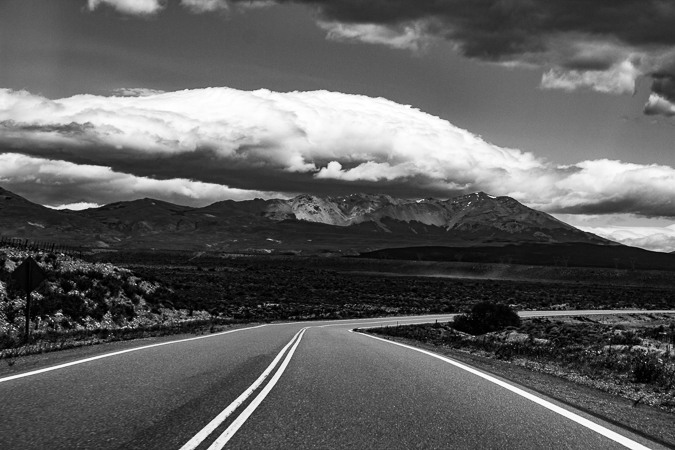 Provincial Route 25. Chubut. 2017 © Leo Micieli
Provincial Route 25. Chubut. 2017 © Leo Micieli
Towns in Patagonia are separated by long distances, sometimes by hundreds of kilometers. And there's nothing in the middle. Let's say, there is what have always been: its millennial geography, its flora and fauna, its skies and winds, but not its original communities though. I'm not talking about only this route, but the whole territory. It's obvious saying this, but this aspect is one of those that define the Patagonian human being, in addition to other geographic and historic singularities, and even also in the present. In this kind of things you begin to understand the way of thinking and feeling in this region. There's something like hostility that it's not really so, it's more like a distant attitude that might be understood as hostility for those who don't belong here. In the contrary, many signs tell us all the time that you're never alone in Patagonia, and solidarity is as huge as silent, like the area in which that happens.
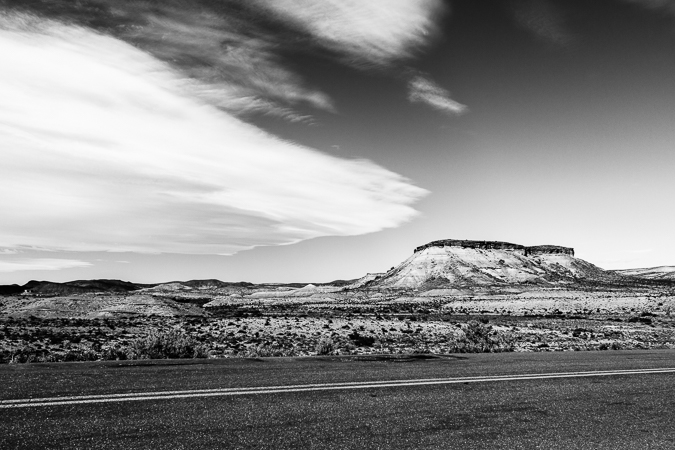 Provincial Route 25. Chubut. 2017 © Leo Micieli
Provincial Route 25. Chubut. 2017 © Leo Micieli
During this day, from Trelew to Esquel we have passed or barely touched the towns of Gaiman, Dolavon, Las Plumas, Los Altares, Paso de Indios and Tecka. It's now 2 pm and we have arrived at the end of this stage. The few hours of sleep of the previous night, plus a long trip and many stops make us feel a bit tired, but we immediately lay it aside. We have some hours left to find where to sleep but our intention is doing it in Los Alerces National Park.
Once we buy some groceries we head to there.
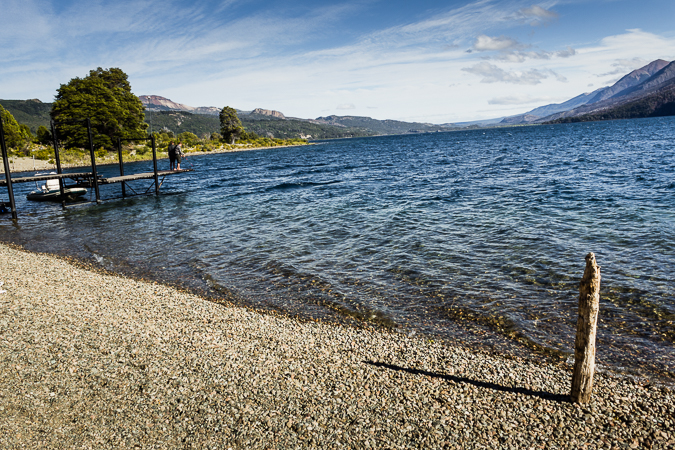 Futalaufquen Lake, Los Alerces National Park. Chubut. 2017 © Leo Micieli
Futalaufquen Lake, Los Alerces National Park. Chubut. 2017 © Leo Micieli
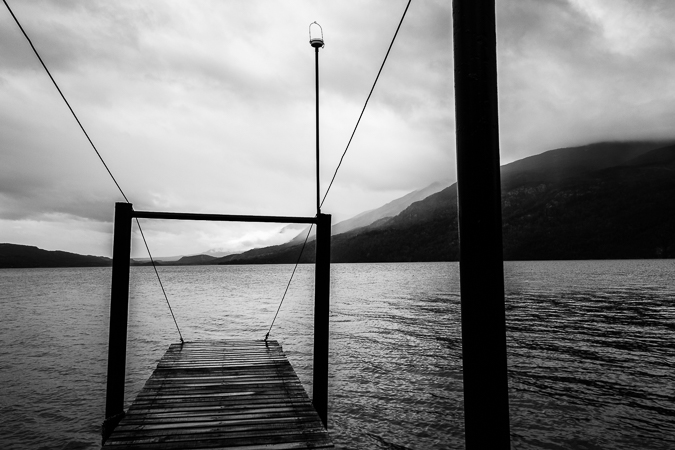 Futalaufquen Lake, Los Alerces National Park. Chubut. 2017 © Leo Micieli
Futalaufquen Lake, Los Alerces National Park. Chubut. 2017 © Leo Micieli
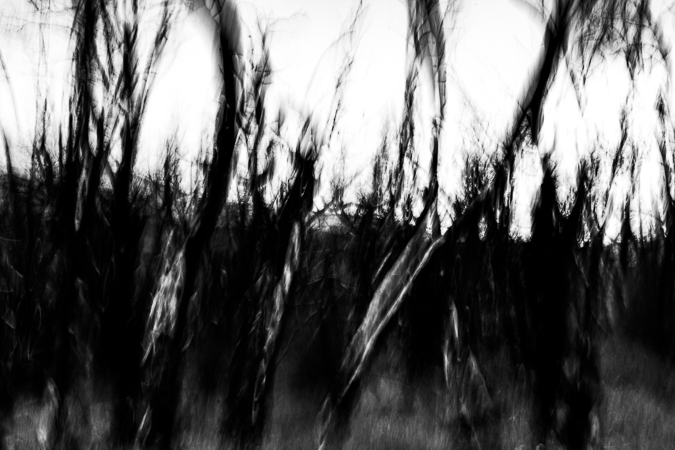 Aftermaths of a burning, Los Alerces National Park. Chubut. 2017 © Leo Micieli
Aftermaths of a burning, Los Alerces National Park. Chubut. 2017 © Leo Micieli
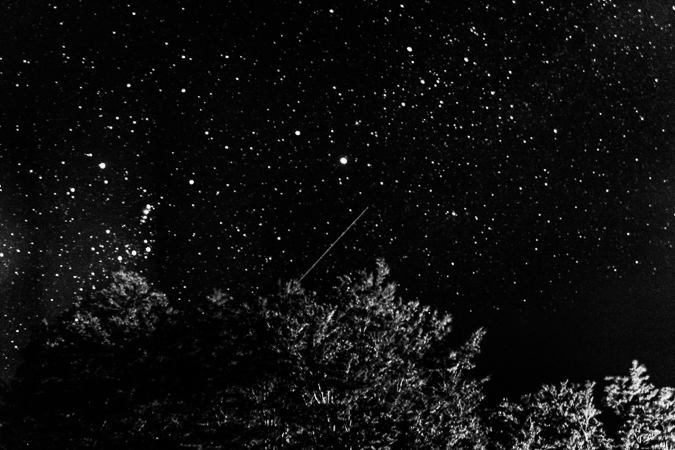 Los Alerces National Park. Chubut. 2017 © Leo Micieli
Los Alerces National Park. Chubut. 2017 © Leo Micieli
The National Park is a long territory of 260.000 hectares and several lakes which would take too long to know. We stay three days there, on the lakeshore, taking a walk or by car around the area, days that we enjoy between the sound of water, the wind and the singing of birds, having mate and cookies, setting a fire and eating meat at night, days that make us want to go back. One of those nights, watching a starry sky, we see a shooting star that crosses from the mountains to the trees behind us along the sky, leaving a perfect trace and voices from the visitors, who can't believe what they are watching. And for free. I hadn't set my camera at the moment, but I did it, just in case. After a while, another shooting star passed above us again. A little one, but enough for us. We think to ourselves: "thanks for the replay".
The sad side of the story was seeing lots of hectares of burned trees, old ones and not so old, often caused by suspicious fires, something strange to be only attributed to nature. Carbonized skeletons of wood that remain on their feet showing their beauty, a dark beauty, like if their soul were intact between the ruins devastated by the fire.
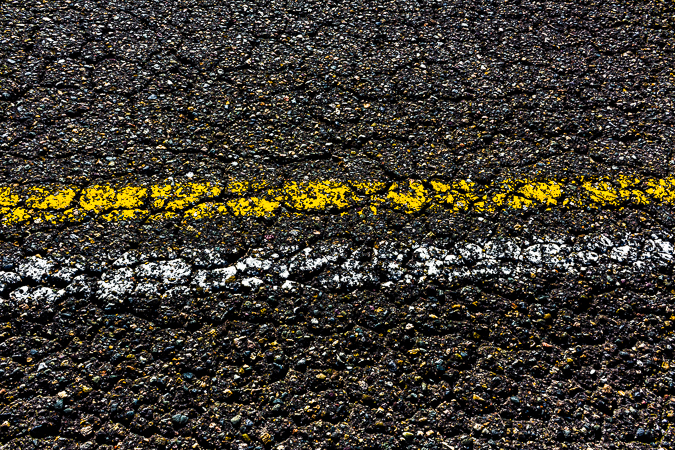 National Route 40. Chubut. 2017 © Leo Micieli
National Route 40. Chubut. 2017 © Leo Micieli
We leave again. Traveling is to provide yourself the right dose of adrenaline, no more no less. I was about to write that traveling is something addictive, but in that case the dose would be higher and harmful.
We take the longest and most known route in Argentina, the Route 40, which starts in Cabo Vírgenes in its southernmost point, to La Quiaca, in the northernmost one. It's maybe a combination of many factors, but while driving on this road I feel that it looks as old as Patagonia itself. Even its texture is like a dinosaur skin, and the worn surface fits perfect with the idea of time erosion. Don't worry, I don't use neither adrenaline nor any other substance.
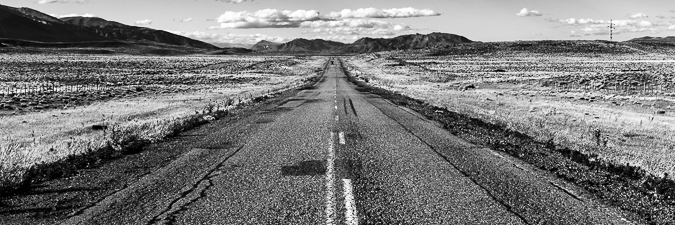 National Route 40. Chubut. 2017 © Leo Micieli
National Route 40. Chubut. 2017 © Leo Micieli
At night we stay in Epuyén, near the homonymous lake. There's a crafts fair at the moment we arrive, and all the activities that there are in events like these, so the influx of people is much higher than the usual, considering also that we are in summer season. The camping in where we are is crowded. In addition, high volume music (and not to our liking), snores at night and screams of kids and their parents, bathrooms that smell strange, and a large list of all kind of scenes closer to a plot comedy than reality make words unnecessary at the next morning, so quickly we decide to leave. The right dose of adrenaline goes well with quietness.
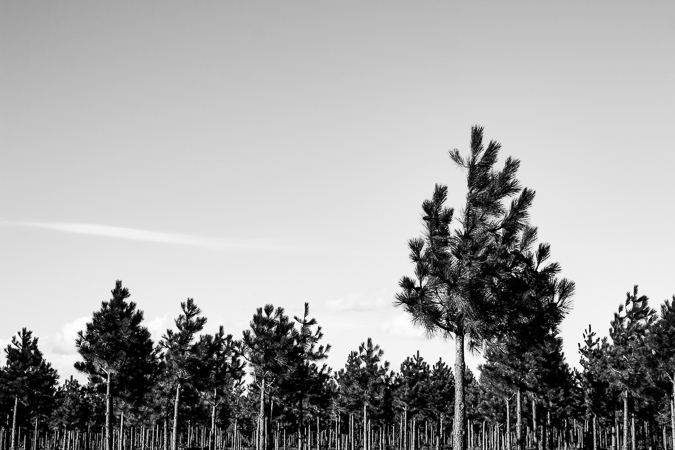 Chubut. 2017 © Leo Micieli
Chubut. 2017 © Leo Micieli
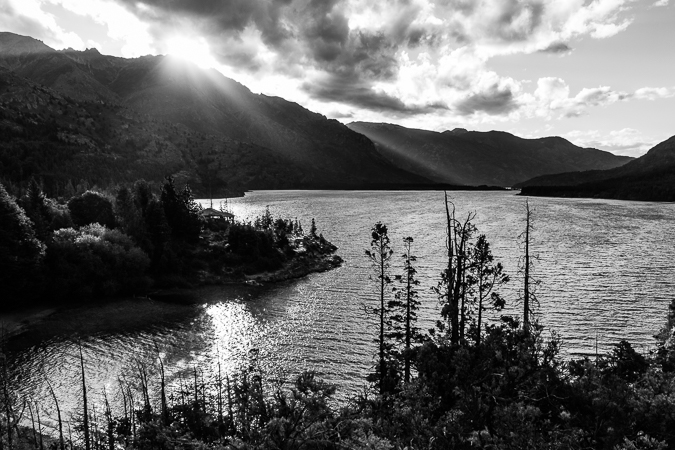 Epuyén Lake. Chubut. 2017 © Leo Micieli
Epuyén Lake. Chubut. 2017 © Leo Micieli
Next stop, this time more pleasant, is Puerto Patriada. The access to this point, like many other places, is by dirt road, although in this case it's very dusty, sinuous and with sharp ups and downs. The sunlight between the trees and rocks is a problem for visibility, and it's a physical and mechanical challenge to arrive safe and sound. During all the trip our Volky never let us down, and once more we are in destination without any problem.
We spend since the morning until the afternoon of a sunny and hot day balanced with the cold water of the Epuyén Lake, which freezes our feet and everything above. Then we continue the journey to El Hoyo. This time the camping welcomes us in peace and the place fits with the environment and our expectations.
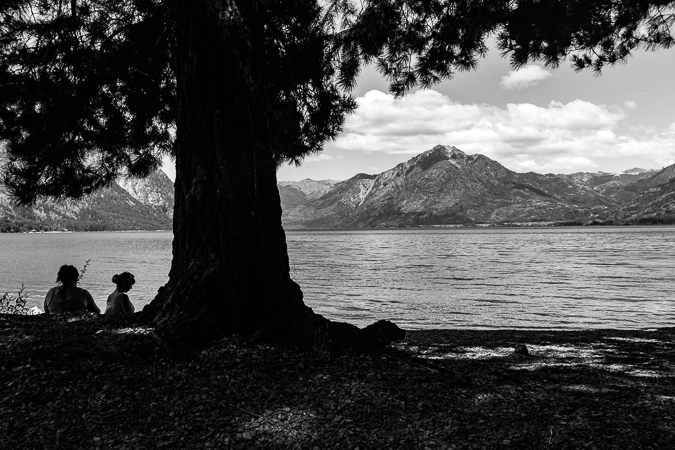 Puerto Patriada and Epuyén Lake. Chubut. 2017 © Leo Micieli
Puerto Patriada and Epuyén Lake. Chubut. 2017 © Leo Micieli
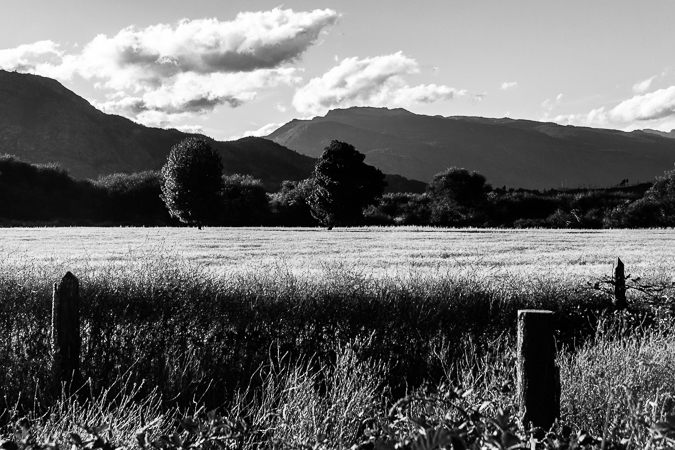 El Hoyo. Chubut. 2017 © Leo Micieli
El Hoyo. Chubut. 2017 © Leo Micieli
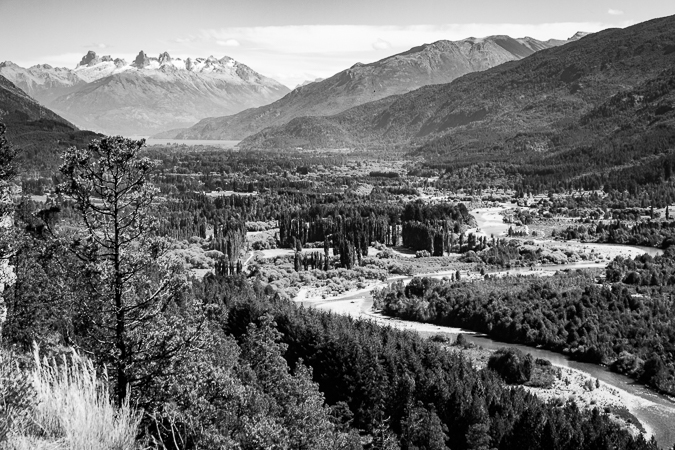 Azul River y Tres Picos Mount, El Bolsón. Río Negro. 2017 © Leo Micieli
Azul River y Tres Picos Mount, El Bolsón. Río Negro. 2017 © Leo Micieli
Back again in Río Negro , El Bolsón is a very important city crossed by a very important route, the 40. It has a population of 20.000, and it's a must in Patagonia because its relative closeness to other regions of the country, because it's the city that best received the '60 and '70 spirit, a fact that redefined the social features, and because its intense artistic and craft activity in where you can see all kinds of high quality handicrafts. Beer is included in this category as well, even there's a project for declaring El Bolsón and Bariloche as the capitals of craft beers in Argentina.
This city has a high influx of people at the moment we arrive, logically because of the summer season. Needless to say, we don't stay for long here, but we do at a French friend's home, William, who welcomed us in his beautiful house built by himself in Mallín Ahogado, at 15 minutes away from downtown.
Next day we leave again. Bariloche is the next destination, though we don't go there right now. Before, we stop in a camping at 15 km from El Foyel, by the Manso River. The name of this river (manso: quiet) is the feeling we're looking for, and it will be a bis in other stage of the trip that I will tell about in a next post. Such a long trip along different and so diverse places needs to be told at least in two parts, and that's because we passed by many big and small places. We are telling about the most significant moments, and even so it's a pity setting aside some things. Every second and every kilometer were necessary in order to experience the next ones, and the sum of all those is the whole trip.
In the Manso River is where we leave this post. To stop, look and listen become part of the life to us, to take in charge the only thing that exists which is what we have in this moment in any place we are. Why would we have to worry about the future or the past if the best we have is what happens now? And besides, it's so nice to discover all these things by traveling around this beautiful land that knows about patience and time.
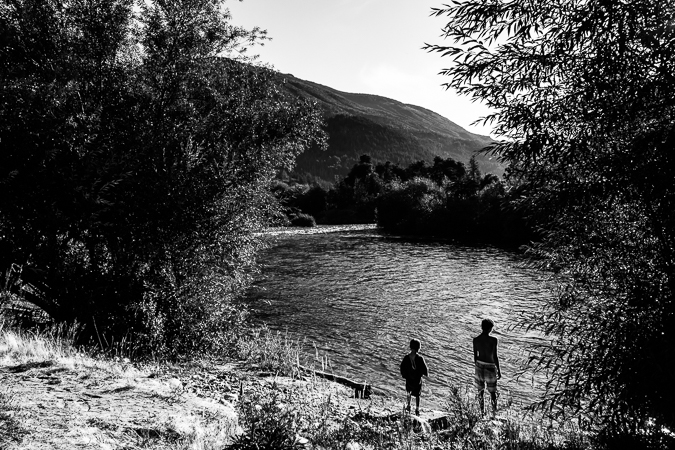 Manso River. Río Negro. 2017 © Leo Micieli
Manso River. Río Negro. 2017 © Leo Micieli
Km 30-100 - First impressions in Patagonian Coast
Km 100-410 - The sea
Km 410-3650 - 'Stop, look, listen'. (Part 1/2)
Km 410-3650 - 'Stop, look, listen'. (Part 2/2)
Km 3650-4190. Puerto Madryn - Puerto Pirámides - Bird Island
Km 4190-4710. Trelew-Comodoro Rivadavia-Caleta Olivia
Km 4710-5750. Coast of Santa Cruz. (Part 1/2)
Km 4710-5750. Coast of Santa Cruz. (Part 2/2)
Km 5750-6960. Tierra del Fuego
Km 6960-8800. West of Santa Cruz.
Km 8800-9670. San Jorge Gulf Basin.
Leave a Reply